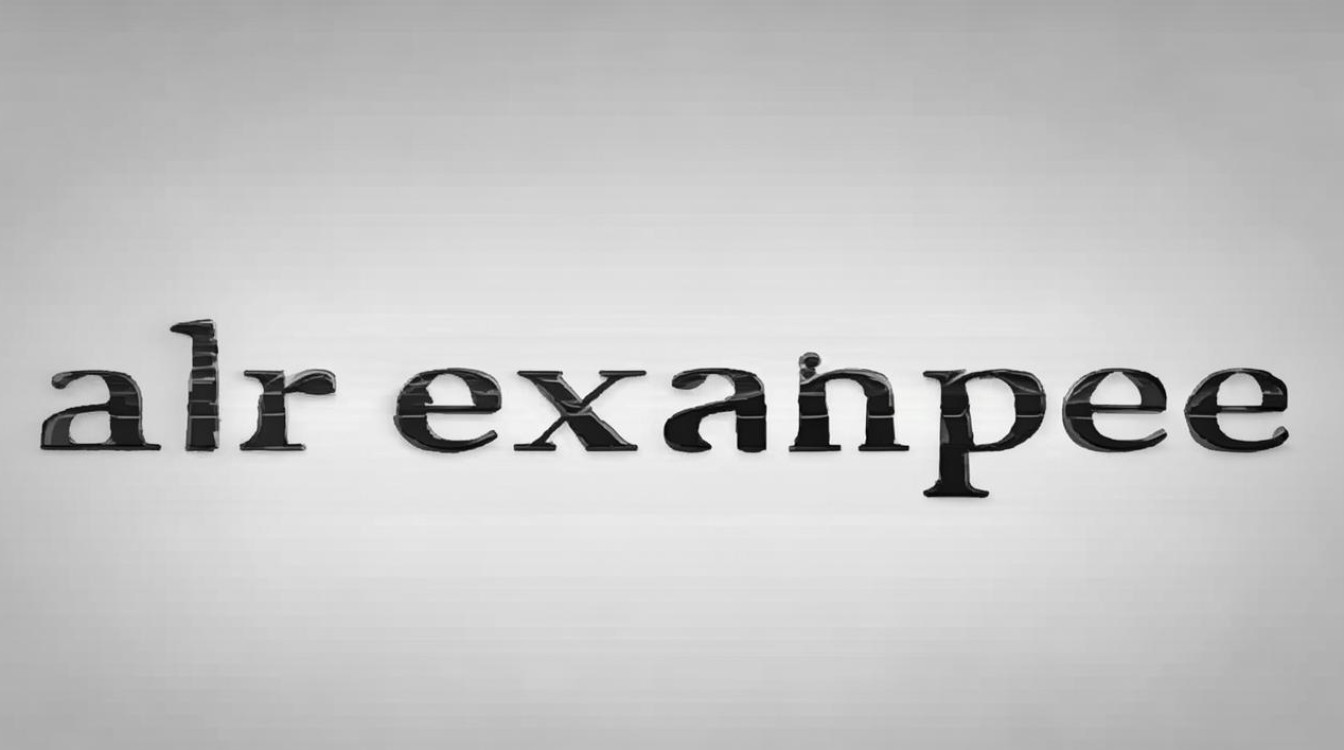在日常交流或写作中,我们常常需要举例说明某个观点或概念,中文里,“是一个常用的表达方式,而在英语中,也有多种词汇和短语可以表达相同的意思,掌握这些表达方式,能让你的英语表达更自然、更地道。

最常见的表达:for example
“For example”是最直接、最常用的表达方式,适用于正式和非正式场合,它的缩写形式是“e.g.”(源自拉丁语“exempli gratia”),常用于书面语,尤其是学术写作或商务文件中。
例句:
- Many fruits are rich in vitamins, for example, oranges and apples.
- The company produces various electronic devices (e.g., smartphones, laptops).
注意:“e.g.”通常放在括号内,后面跟具体例子,而“for example”可以独立使用。
更正式的表达:for instance
“For instance”与“for example”意思相同,但语气稍显正式,适合在演讲、报告或正式文章中使用。
例句:
- Some animals hibernate during winter, for instance, bears and squirrels.
- The government has introduced new policies to reduce pollution, for instance, stricter emissions standards.
口语化的表达:like
在非正式对话中,很多人会用“like”来举例,尤其是在美式英语中,虽然“like”很常见,但在正式写作中应避免使用。
例句:

- I enjoy outdoor activities, like hiking and cycling.
- She has visited many European countries, like France and Italy.
更灵活的短语:such as
“Such as”和“for example”类似,但通常用于列举多个例子,且后面直接跟名词或名词短语,不需要逗号隔开。
例句:
- There are many programming languages, such as Python, Java, and C++.
- He enjoys playing sports such as basketball and tennis.
更学术的表达:to illustrate
“To illustrate”通常用于更正式的语境,尤其是需要详细解释或论证时,它强调用例子来证明某个观点。
例句:
- The author uses several case studies to illustrate the impact of climate change.
- To illustrate this point, let’s look at a recent survey.
其他替代表达
除了上述常见表达,英语中还有一些其他方式可以表示“:
-
namely(即,用于具体列举)
- The company has three main departments, namely, sales, marketing, and finance.
-
including(包括,强调涵盖的范围)

- Many countries, including China and India, have seen rapid economic growth.
-
say(比方说,口语化表达)
- You could try different methods, say, meditation or exercise, to reduce stress.
如何选择合适的表达?
- 正式程度:如果是学术论文、商务邮件或正式演讲,优先使用“for example”“for instance”“such as”或“to illustrate”,如果是日常对话,可以用“like”或“say”。
- 句子结构:
- “For example”和“for instance”可以放在句首、句中或句末。
- “Such as”通常直接跟名词,不单独成句。
- “E.g.”主要用于书面语,避免在口语中使用。
- 语境需求:如果需要强调例子的代表性,可以用“to illustrate”;如果只是简单列举,用“for example”或“such as”即可。
常见错误
-
混淆“e.g.”和“i.e.”
- “e.g.”表示“,而“i.e.”(源自拉丁语“id est”)意思是“即”或“换句话说”,用于进一步解释。
- 错误:He likes citrus fruits, i.e., oranges and lemons.
- 正确:He likes citrus fruits, e.g., oranges and lemons.
- 正确:He prefers acidic fruits, i.e., those with a sour taste.
- “e.g.”表示“,而“i.e.”(源自拉丁语“id est”)意思是“即”或“换句话说”,用于进一步解释。
-
过度使用“like”
在正式写作中,尽量避免用“like”举例,以免显得不够严谨。
-
“such as”后面加句子
- “Such as”后面应接名词或名词短语,不能接完整句子。
- 错误:There are many ways to relax, such as you can listen to music.
- 正确:There are many ways to relax, such as listening to music.
- “Such as”后面应接名词或名词短语,不能接完整句子。
实际应用示例
场景1:商务邮件
We offer various payment options, for example, credit card, PayPal, and bank transfer.
场景2:学术论文
Several factors contribute to climate change, such as greenhouse gas emissions and deforestation.
场景3:日常对话
I love watching sci-fi movies, like Interstellar and The Matrix.
掌握这些表达方式后,你的英语写作和口语会更加流畅自然,不同的语境需要不同的词汇,灵活运用才能让语言更精准、更生动。


